It’s not easy to win in the Stanley Cup playoffs, especially when you face the back-to-back defending champs. And winning ugly is always better than not winning at all.
The Toronto Maple Leafs played a reasonably strong first period, built up a 3-0 lead mid-way through, and then felt the raw charge of the defending champions. The current came and jolted the Leafs, but they dug in and held their ground just enough. The third period might’ve felt like the whole team was dangling by a string hanging on for dear life, but the mighty man in net pulled that rope to safety.
In the end, a pair of insurance goals pushed the margin of victory to 5-2 and the Leafs had survived the third-period assault. Not the prettiest, or the most dominant victory, but you’ll take all the breaks of serve you can get against a team like the Tampa Bay Lightning. Home-ice advantage is restored, and the Leafs hold a 2-1 series lead.
Turning Points
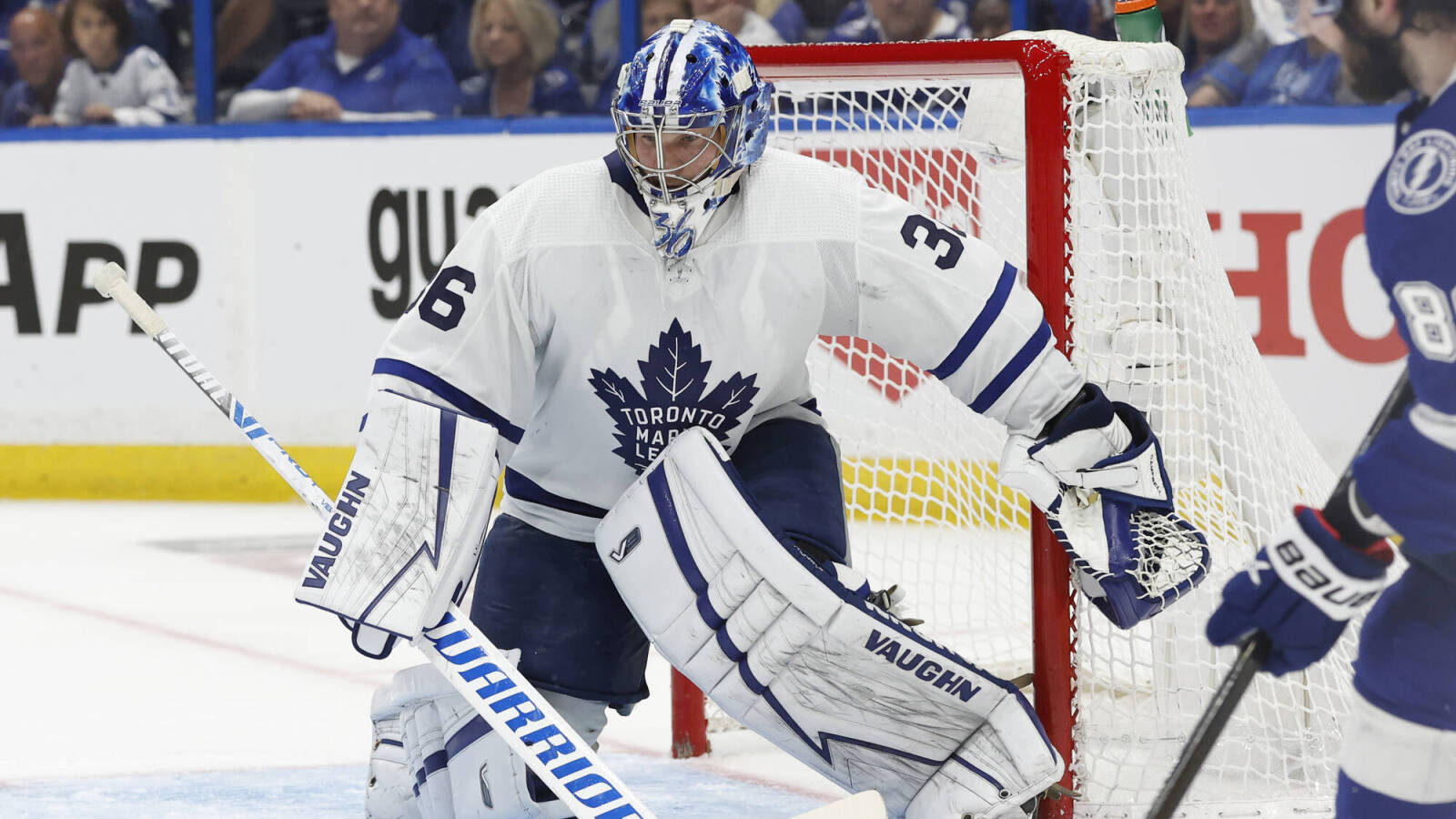
The Leafs started Game 3 pretty well — just as they did the preceding two games — but that’s if you look at it holistically. The literal start, as in the first 20 seconds, were nearly a disaster.
Ilya Lyubushkin got shoved off the puck behind the net, a collision ensued, and the puck kicked off the end boards into the slot, where Brayden Point was waiting. He put a good shot on net, but Jack Campbell made a massive save.
Jack Campbell stops what could've been a blooper reel play pic.twitter.com/lbXA1Yx1xr
— Omar (@TicTacTOmar) May 6, 2022
The opening five minutes were the first turning point of the game. A goal in that situation, just a mere 15 seconds in, would’ve been a major blow to the Leafs coming out of the starting gate. Instead, the save allowed them to get to work offensively, and they quickly received a gift when Pat Maroon shot the puck over the glass and gave Toronto a power-play opportunity.
The turning point was complete after the Leafs were able to convert with the man advantage. An Auston Matthews blast from the point in the dying seconds of the penalty was knocked in front, Mitch Marner’s rebound try was also blocked, and it conveniently found Morgan Rielly, who had an empty net waiting.
Both teams got a great look in the first five minutes, but only the Leafs’ ended up in the back of the net. This wasn’t unlike Game 2, where each team got a great look in the late first/early second period. Last time, Tampa’s chance went in and Toronto’s ended up in the goalie’s glove. The tables turned in Game3, and the Leafs were off and running.
The second turning point wasn’t too long after. The Lightning got their first chance on the power play after Lyubushkin was hit with a high-sticking call. After the Tampa PP poured in goals on Toronto in Game 2, there was considerable focus on the Leafs’ ability to handle the Lightning’s strength with the manpower advantage. They killed most of this one off admirably, with Ilya Mikheyev and Alex Kerfoot doing great work ragging the puck up ice and wasting Tampa’s time through their hustle.
In the waning seconds, a Mikhail Sergachev stretch pass took a moon-bounce off the end boards and appeared right in front of a charging Ross Colton, who saw Nick Paul breaking to the net and made the pass. Jake Muzzin got his stick in the way and busted it up:
Clutch play by Jake Muzzin pic.twitter.com/3Q0uEJnaYf
— Omar (@TicTacTOmar) May 7, 2022
A puck battle ensued, and Pierre Engvall was able to jar it free. Within a matter of seconds, Muzzin made a pass up to Engvall to start a 3v1 rush for the Leafs, with Lyubushkin joining in out of the box. Engvall made a pass to Lyubushkin, who then showed great patience to find Colin Blackwell on the far side. Vasilevskiy was way out of position, Blackwell had an empty net, and he converted.
It was a play made by two midseason acquisitions, and a great pass from perhaps the most unlikely candidate on the team to make that feed. A scoring chance at one end nullified by a strong defensive play turns into a goal at the other end. Another massive momentum swing.
The third turning point was one that confirmed the sort of period the third would be. After the Leafs entered the third period up 3-1, they had gotten through the first five minutes with no damage. An opportunity then presented itself: Auston Matthews went on a breakaway, but Andrei Vasilevskiy stood tall, stopping the first shot and also the rebound.
Moments later, a give-and-go with Mitch Marner and Matthews resulted in Marner getting a chance from the slot and he beat Vasilevskiy, ringing the post and the crossbar. A chance to put the game out of reach fell by the wayside, and shortly after, the Lightning struck.
Marner rings a shot off the post pic.twitter.com/WRt9T9NHmS
— Omar (@TicTacTOmar) May 7, 2022
Nikita Kucherov got a chance down the wing, but Campbell made the save and forced a draw. John Tavares couldn’t win it, a Ryan McDonagh saucer pass was blockered aside by Campbell, and it went right to Ondrej Palat, who ripped the puck by the Leafs’ goalie. Instead of the Leafs going up 4-1, it was now 3-2, with a full 14:17 remaining in the game. Rather than an easy third period, it was going to be white-knuckle time for the Leafs and their fans.
The final turning point is a pretty self-explanatory one. The Lightning got two A+ chances in the span of a minute, and Jack Campbell made two tremendous saves that locked the game down.
First, there was Nick Paul burning down the wing, carving up TJ Brodie, and nearly sliding the puck past Campbell:
JACK CAMPBELL! pic.twitter.com/q1XUpUxSAn
— Omar (@TicTacTOmar) May 7, 2022
And then there was this magnum opus from #36, who stopped the most dangerous pass-to-shot play in the NHL in jaw-dropping fashion:
JACK CAMPBELL GETS ACROSS! pic.twitter.com/Vzsjps2asI
— Omar (@TicTacTOmar) May 7, 2022
When Nikita Kucherov passes through multiple bodies while on the half-wall of the power play, hits Steven Stamkos in his wheelhouse, and Stamkos gets plenty of mustard on it, that puck winds up in the back of the net nearly every time. This time, it ended up in the body of Jack Campbell.
The Lightning controlled play for the next five minutes, but they never again created a chance as good as those two, and that turning point sealed Game 3 for the Leafs.
Notable Performances
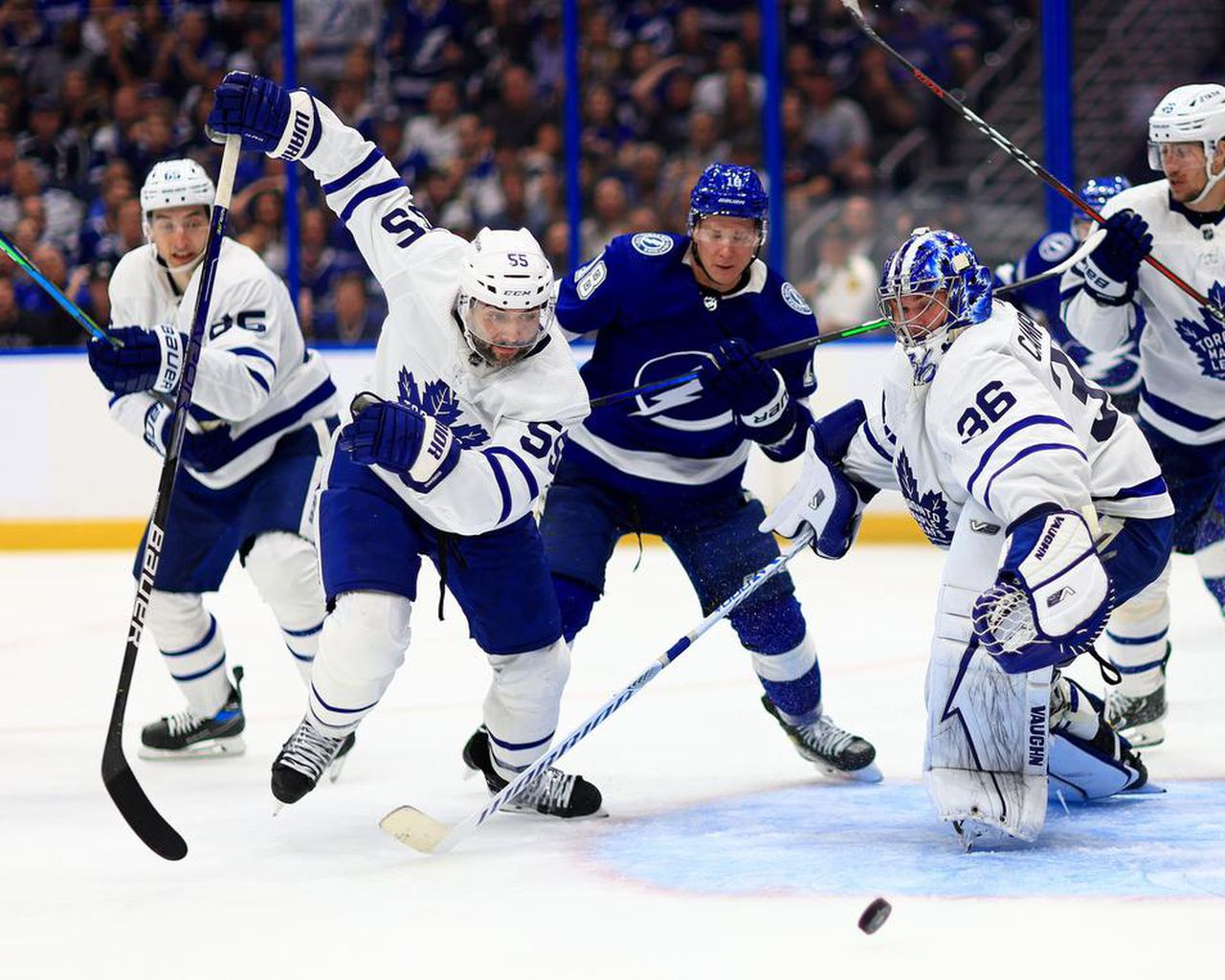
We have to start with Jack Campbell, the Game 3 hero for the Leafs. He faced 39 scoring chances in total per Natural Stat Trick and came up with save after save. He stopped 32 of 34 shots and saved 0.74 goals above expected in Evolving Hockey’s data. That felt pretty low, to be honest, especially when the aforementioned two stops in the third period were about as high leverage as it gets.
We said that Campbell needed to be good — perhaps on par with Andrei Vasilevskiy — to win this series. So far, that’s been the case. Through three games, Campbell has a .923 SV%, a 2.33 GAA, +1.44 GSAx, and a shutout. More importantly, he’s got two wins to Vasilevskiy’s one. Hard to complain about what Toronto is getting from its goaltender right now.
Next up is David Kämpf, who shone big time in this game. He was not perfect, but I thought he had a good, active defensive stick, won big draws, and scored the game-winning goal.
Kämpf poked the puck free in the neutral zone, raced in past the blue line along with Ilya Mikheyev, and then uncorked a missile through the legs of Zach Bogosian that beat Vasilevskiy. The Russian netminder will want this one back — he left a little too much open short side — but that’s still a hell of a shot.
Twice in the first three games, Kämpf has scored, and neither were cheap or greasy goals. They were shots that beat arguably the best goalie in the world clean, while Vasilevskiy had a chance to see them all the way. For a guy who was deemed one of the NHL’s worst shooters the past couple of seasons, it’s been a startling display of marksmanship. Kämpf also won 59% of his faceoffs and logged nearly 17 minutes, including 2:26 on the PK. That’ll do.
TJ Brodie deserves a shoutout for having another excellent game defensively. He and Jake Muzzin‘s analytics are not particularly great in this one, but they drew tough assignments. More importantly, the puck didn’t go into the net when they were out there at 5v5.
Brodie’s stick helped ensure that was true when Ross Colton was staring at an empty net:
HIS NAME IS T.J. BRODIE pic.twitter.com/3e18Slxte0
— Omar (@TicTacTOmar) May 7, 2022
In the same vein, Mark Giordano and Justin Holl deserve shoutouts. The decision to insert Holl into the lineup was controversial, but those two turned in a much better performance analytically than Giordano-Liljegren did in the first two games.
Holl made one mistake, getting caught on a bad pinch in the second period, which caused him to haul down Brandon Hagel and take a penalty. The Lightning scored their first goal on that infraction. The Leafs should not have their defensemen pinching aggressively in a game they’re leading 3-0, but outside of that one poor decision, Holl and Giordano did all you could ask for.
The Leafs owned the expected goal battle and the scoring chance battle at even strength with those two on the ice, each playing over 11 minutes at 5v5 in addition to 2-3 minutes on the penalty kill.
Ilya Lyubushkin was a rollercoaster in Game 3. He made one of the plays of the game on the Blackwell goal, but he also looked rickety in his own end, took a penalty, and the pair with him and Morgan Rielly generally got caved in. This was Tampa’s best game off the cycle, boasting a smothering forecheck throughout (but especially in the latter half), and those two defensemen, in particular, had all kinds of trouble getting it out of their zone.
Lyubushkin’s relative weaknesses — puck handling, decision-making with the puck, and footspeed — are all tested against a fast, aggressive Tampa forecheck that takes away time and space so well. Lyubushkin struggled to win the races to retrieve the puck, and when he did, he also had trouble making the first pass to facilitate a breakout. The Leafs are going to need to be better breaking the puck out of their zone moving forward to get this series finished off.
Another set of performers were notable but not in a good way in John Tavares and William Nylander. Neither was noticeable at all, which is itself notable. When two 75-point scorers go missing, it makes it in this section.
The two were reunited in this game but the re-marriage did not inspire confidence. They created little offense and also struggled in their own end, with the ice tilted against them on the ice. The Leafs were able to get through this game with limited contributions at 5v5 from their core four because the depth came through, but they will need better to finish the series. Matthews and Marner showed up in the first two games, but Nylander has been quiet since getting two rush chances in the first period of Game 1 and Tavares has been MIA offensively the whole series.
Two final notes: Mitch Marner led the team in blocks with four, looking particularly fearless sacrificing the body, and Pierre Engvall picked up three assists.
Storylines for Game 4
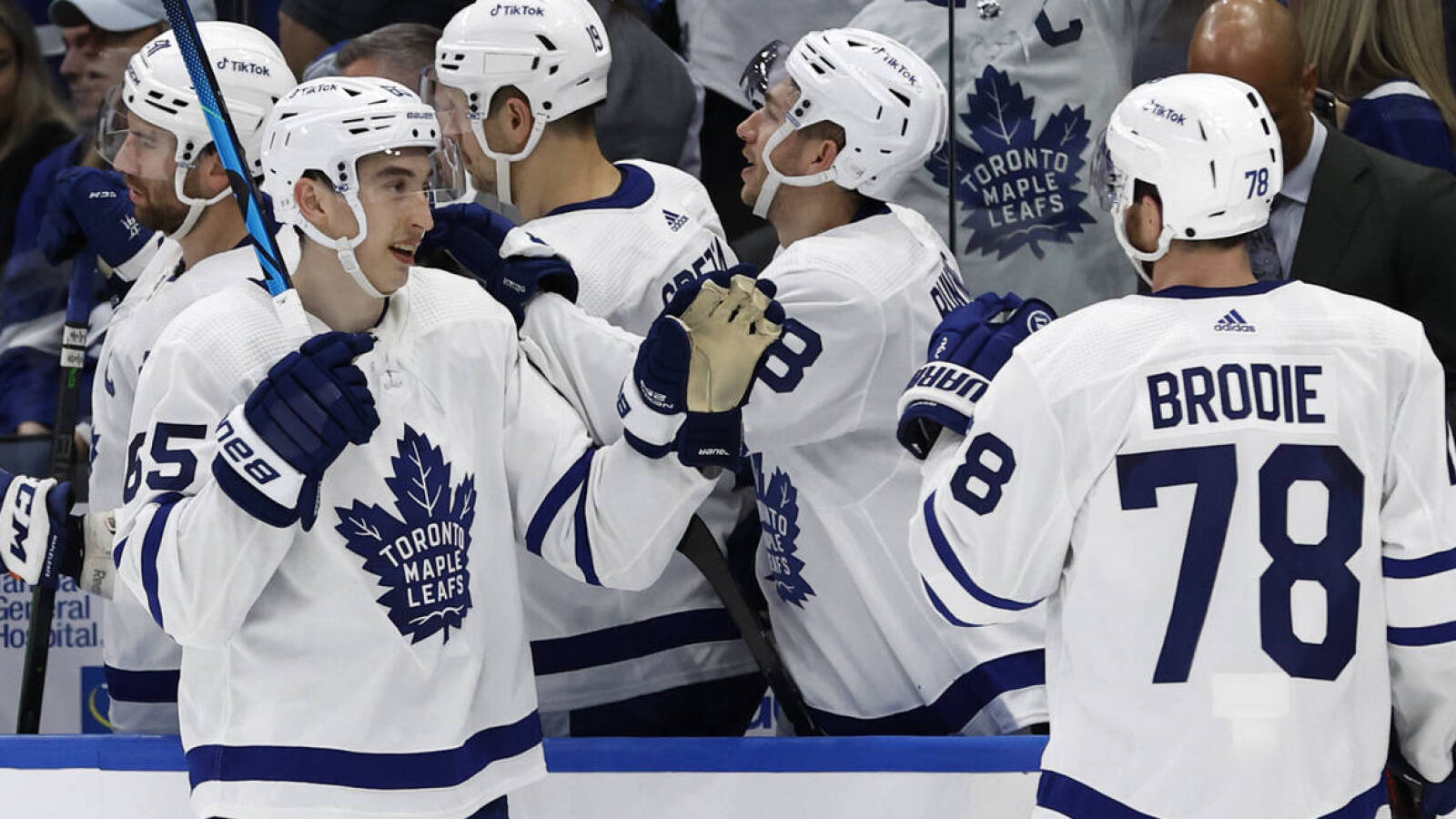
1. We’ve now reached the “need to make adjustments” part of a seven-game series. Jon Cooper and the Lightning have found the matchups they like, and the line of Anthony Cirelli and Brayden Point dominated the Matthews-Marner line in this game. Cooper hunted the matchup relentlessly using the last change and the results were terrific, with Point and Cirelli owning ~70% of the expected goals and high-danger chances at 5v5 in this game.
It feels inappropriate not to mention Victor Hedman and Erik Cernak as well, who played in nearly every situation where the Cirelli/Point tandem were on the ice. Those four + whichever winger was on that line felt like a throwback to the old Soviet system, where five skaters were stitched together as a unit. Where Cirelli and Point went, Cernak and Hedman followed, and all four were phenomenal in this game.
The Leafs will need to respond. Ideally, you’d like Matthews and Marner to simply be better. After a strong start to this series in Toronto, those two had a very rough go of things at 5v5 in Game 3. Neither were above 40% in xG or scoring/high-danger chance share at 5v5, and it caused Sheldon Keefe to rotate wingers, bumping Alex Kerfoot up to help out and dropping Michael Bunting down.
Anecdotally, it had some success. While Bunting on that line was getting caved in, Kerfoot on it resulted in decent 5v5 results, but not a ton of offense was generated.
What Keefe decides to do here is a big call. Cooper won’t stop fishing for that matchup. Either Matthews/Marner need to improve regardless of what winger they’re with, or perhaps they should be split up so that the Cirelli/Point line can only suffocate one of the two Leaf superstars. The latter seems less likely, though.
2. On the flip side, the Lightning are also struggling with the problem of stars flopping. Nikita Kucherov, Steven Stamkos, and Ondrej Palat, while deadly on the PP, have not done much to speak of at 5v5 for three straight games. Those three have combined for one goal and two total points at 5v5 through three games, and when you sort the Tampa skaters who’ve played at least 10 minutes at 5v5 in this series by xGF%, those three are at the bottom of the list.
Cooper has to like the contributions he’s gotten from his third and fourth lines at even strength, and the performance of the Point/Cirelli line this one, but he wants more from those high-salaried stars. Both teams are looking for more from key players, and if either of these groups can break through in Game 4 is a key storyline to monitor.
3. In terms of personnel, I think this is close to the ideal lineup, but seeing if Keefe makes any additional changes will be something to follow. Jason Spezza drew back into the lineup and though he only played 8:23 in this game, I thought he was noticeably better than Wayne Simmonds or Kyle Clifford.
He doesn’t have the same grit factor, but Spezza can play with the puck at a significantly higher level than either of those two. The second PP unit looked better with Spezza on it, and he didn’t take a stupid penalty. Not humouring the Tampa fourth line in the physical game seemed to keep them disengaged throughout the night.
To me, Spezza needs to be in the lineup permanently moving forward — at least until the wear and tear of playoff hockey tires him out, and then maybe you take him out for a game.
The other question is about the defense lineup. I am content with the second and third pair, but Rielly-Lyubushkin was an issue. In an ideal world, you’d just clone TJ Brodie and have him play with both Jake Muzzin and Morgan Rielly. Unfortunately, that technology has not been invented yet I’m told.
In that case, even though I have concerns about Lyubushkin’s limitations, I still think he works better with Rielly than either Timothy Liljegren or Rasmus Sandin. Both were tried with Rielly, but neither looked comfortable. I think the best option right now is to try and shelter those two defensively, with Muzzin-Brodie drawing the Stamkos line and Giordano-Holl drawing the Point/Cirelli line.
4. The Leafs PK against the Tampa PP will be a matchup to watch until it isn’t. I thought the Leafs were better on the kill than they were in Game 2, but they did still give up a goal. It was especially frustrating because the PK had handled the dangerous top unit and seemed like they were out of the woods.
Alex Kerfoot got too fancy, was knocked off the puck in the neutral zone, and Tampa got to enter the zone 4-on-2. Shortly after, Ross Colton bombed a goal by Campbell.
Gotta dump that puck Kerfoot pic.twitter.com/9UHCeQosWy
— Omar (@TicTacTOmar) May 7, 2022
It reminded me a lot of the third goal Tampa scored in Game 2, which was also the result of a PKing forward getting too fancy, where Kämpf tried to pass to Brodie rather than clearing.
At this point, the coaches should be making it clear: When you have a chance to send the puck deep, send the puck deep. Don’t try to do too much just get it down the ice. The Lightning only have seven goals in this series, and four have been on the PP. If the Leafs can get back to holding the Lightning to an oh-fer game on the PP, I like their chances.
5. The Lightning have not been in this position recently. In fact, at no point in their 2020 or 2021 playoff runs did the Lightning ever trail in a series 2-1. They always got through three games with the lead. Moreover, as we discussed after Game 1, the Lightning never lost consecutive games at any point in those Cup runs. This is a massive opportunity that the Maple Leafs now have to put the Lightning in an even more unfamiliar situation and to put themselves only one win away from slaying the dragon.
A win in Game 4 would give Toronto two cracks on home ice to finish it off and three chances overall. Though this swing into the state of Florida is already a success (I said you needed to take 1/2 at least in Tampa after Game 2), another win in Amelie Arena completely changes the trajectory of the series.
As a result, I want to see the Leafs come out with urgency for Game 4. I would like to see them play like the team who needs a win in this game. Slow starts haven’t been an issue in this series, unlike last year. The Leafs have scored first in two of three games so far, which already matches the number of games they scored first in the seven games last playoffs. They haven’t come out flat akin to Games 6-7 last May, and that’s a good sign.
But they need to be hot out of the gate again. The Leafs ought to know they didn’t play their best game last night, but they still scratched out a win (which feels like a bit of a steal). They have another gear to reach defensively, and through getting #88 and #91 going offensively. Play with purpose, come out strong, and place the series in the palm of your hand.


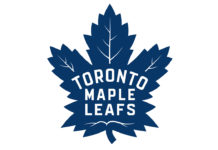









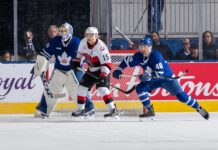





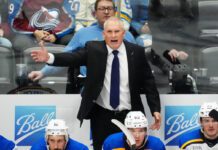


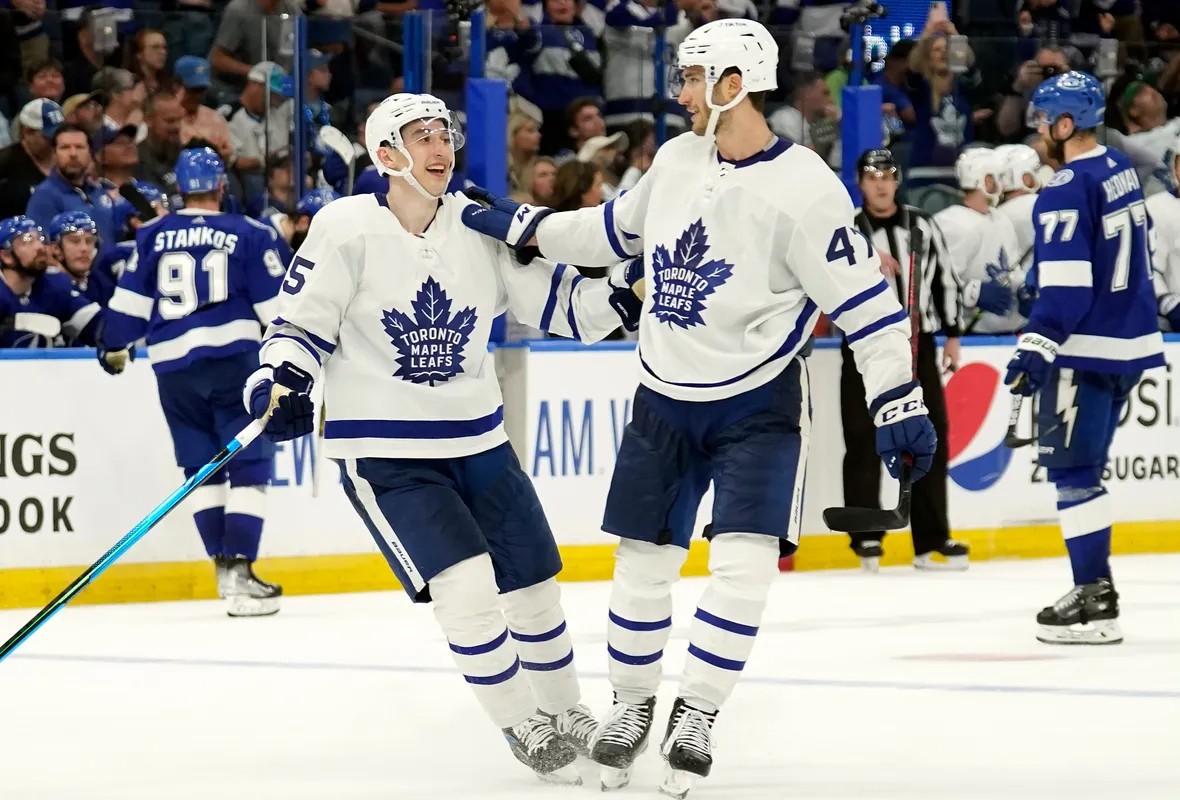








![New Leaf Anthony Stolarz on the opportunity in Toronto: “In Florida, I knew my role as a backup… Now, [Joseph Woll] and I are competing for starts… As a goalie, that’s all you can ask for” Anthony Stolarz, Stanley Cup win, now Maple Leaf](https://mapleleafshotstove.com/wp-content/uploads/2024/07/anthony-stolarz-sc-100x70.jpg)
